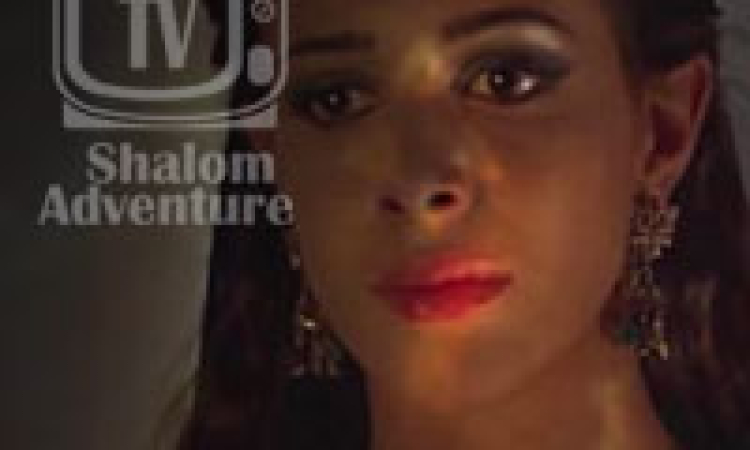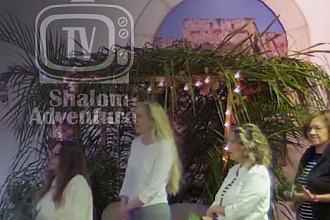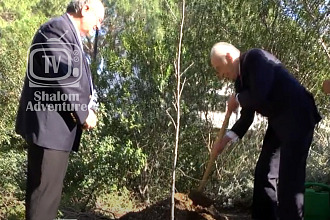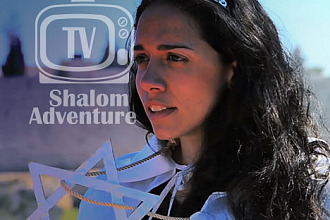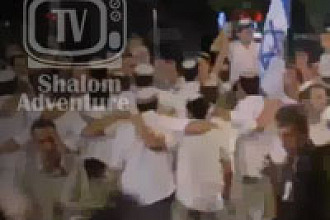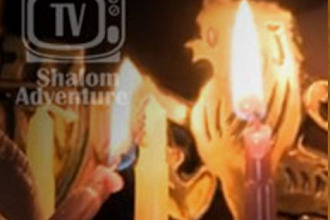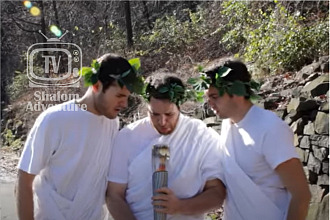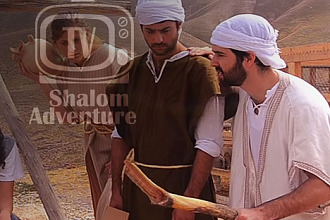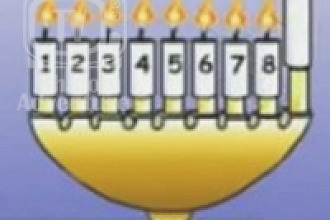Queen Esther, the heroine of the Purim story, is honored each year not only in festivities, but for many Iranian Jews, also sometimes known as the “Children of Esther,” in more solemn pilgrimages to what is believed to be the Queen’s tomb and that of her Uncle Mordechai in the Iranian city of Hamadan.
Queen Esther, the heroine of the Purim story, is honored each year not only in festivities, but for many Iranian Jews, also sometimes known as the “Children of Esther,” in more solemn pilgrimages to what is believed to be the Queen’s tomb and that of her Uncle Mordechai in the Iranian city of Hamadan.
Hamadan, known in ancient times as Ecbatana, is located approximately 200 miles west of the Iranian capital city of Tehran and is considered by some scholars to be the ancient city of Shushan where the miraculous salvation of the Jewish people occurred as reported in the accounts of Esther. Found in a rickety abandoned building on the outskirts of Baram National Park in the Kurdish area of Iran, some believe the brick tomb of Queen Esther and her uncle was pillaged and reduced to rubble by 14th century Mongol invaders.
“Beside the tomb of Esther the lowly race she saved have kept loving watch through all the weary ages,” one visitor to the tomb said despite scholarly questions about the authenticity of the site. “More wonderful than any ancient monument are these Jews themselves, lineal descendants, in blood and faith, of the tribes of Israel, and the only vestige of the truly olden time which entirely defies decay and dissolution.”
Yet today, with the help of a 1970s renovation project sponsored by the Iranian Jewish Society, remnants of the ancient Persian tomb remain, including an inner and outer chamber with a 50 foot dome and decorated with sapphire blue tiles. The outer chamber of the tomb is a burial site for prominent Jews and rabbis in the area. A small synagogue next door to the burial site is considered a holy site not only by Jews, but also some Christians and Muslims.
The reported tomb today is the Iranian equivalent of the Western Wall, and Purim pilgrimages to the tomb become an opportunity of prayer and weeping for the Iranian Jewry.
Despite Iranian opposition to the existence of a Jewish state and swirling questions about the authenticity of the tomb as genuinely that of Esther and Mordechai, the Islamic Republic interestingly has preserved Queen Esther’s reported tomb on its National Heritage List, a registry of protected historical sites in the country.
“When you stop to think about it, Purim was deadly serious,” Rabbi David Fohrman said in The Jewish Star. “People faced the very real prospect of genocide. Long before the world ever heard of that word, or of concentration camps, we were almost wiped out on one, single, terrifying day. The story of Purim was no fairy tale, it was real - and it was harrowing. We owe it to ourselves to look at the story as adults and ask ourselves what is the real, true to life meaning that this experience with tyranny really comes to teach us.”
“I think Biblical stories can sometimes lull us to sleep, almost like a lot of lullabies; these stories have really serious questions buried in them that are screaming to us - we just have to read them with fresh eyes, open our ears, and listen.”
Written by Erin Parfet

